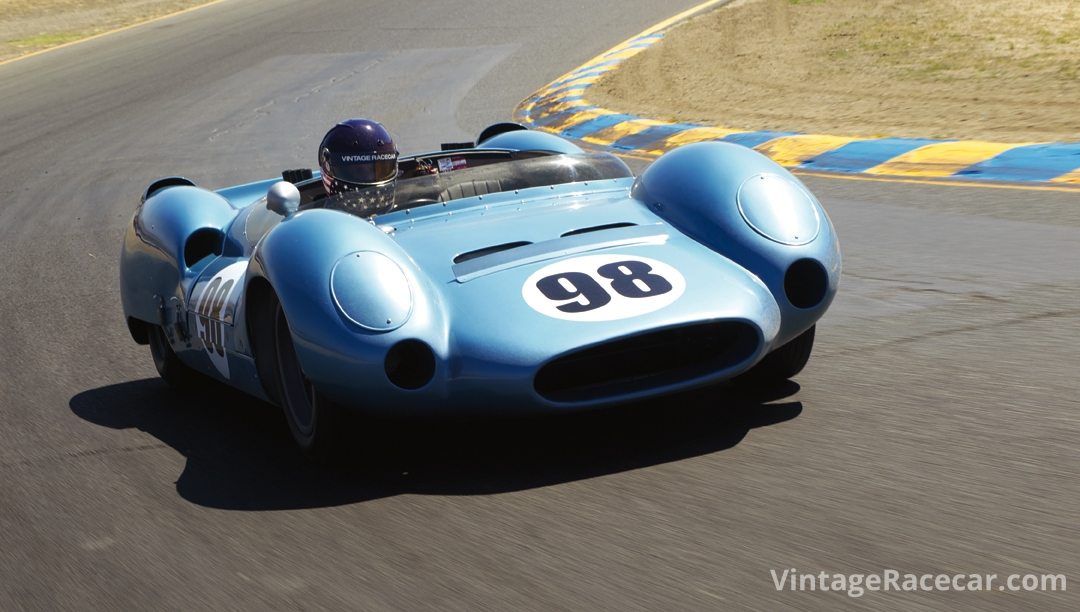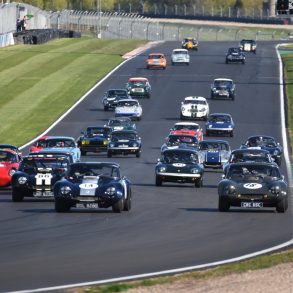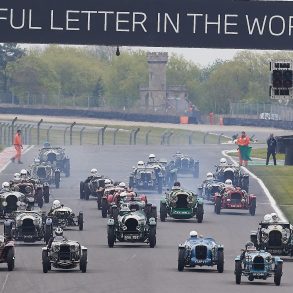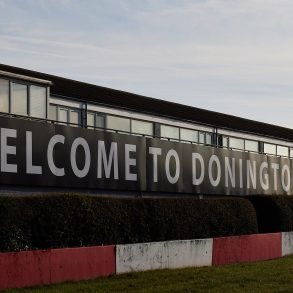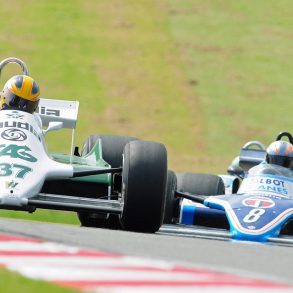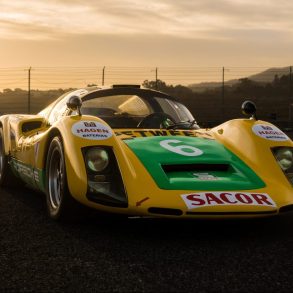Back in late May, I flew over to England to, among other things, be a part of the GPLive event held at historic Donington Park. While England currently has over 16 different racing circuits, few if any, can claim the depth of history of Donington.
Built in 1931, Donington Park first played host to motorcycle racing before local garage owner Fred Craner persuaded the Shields family—that owned the track as part of nearby Donington Hall—to allow automobiles to also race there. The first Donington Grand Prix was held in 1935 and was won by Richard Shuttleworth driving an Alfa Romeo P3. By 1937, British racer Richard Seaman had convinced the German Mercedes and Auto Union teams to compete at Donington, setting the stage for two years of seminal racing. As such, Donington Park is the only active racing circuit in the UK to have hosted both prewar and postwar Grand Prix racing. Not only has Donington witnessed the spectacle of Ayrton Senna dominating the field in the rain-soaked 1993 European Grand Prix, but it has also seen similar virtuoso performances by the likes of Tazio Nuvolari, Richard Seaman and Bernd Rosemeyer. Needless to say the place is positively dripping with history.
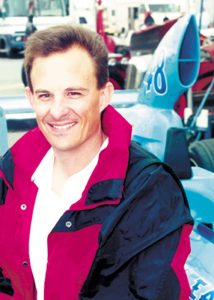
Editor
As part of GPLive’s tribute to the history of Grand Prix racing, each day various demonstration runs of historic cars were scheduled. One such demonstration was for prewar Alfa Romeos and Bugattis. As such, five Alfas including an 8C Monza, three 1750s and a 6C 2500 SS driven by former McLaren designer Alistair Caldwell were gathered in the paddock in preparation for each day’s demonstration run. The organizer of this particular group, and a leading light in the UK for prewar Alfas, was Carol Corliss, who brought her 1929 1750 Zagato Super Sport for the demonstration. Being a close friend of our European Editor and resident Alfa nut Ed McDonough, Carol graciously offered to let me accompany her on her run around the circuit. Having never actually been on the circuit myself, and having never had the chance to ride in a 1750 before, I eagerly jumped at the chance.
Climbing into the passenger seat (on the left side of the car), I had a quick look over the cockpit before we took to the track. Carol’s car is in very nice condition yet has maintained a wonderful patina that communicates that deep sense of history that only a prewar car can. If the eyes are the window to the mind, then perhaps the dashboard is the window to a car’s soul. In Corliss’s Alfa, that soul encompasses a wooden dash hosting a score of brass-ringed gauges and a central switch complex for starting the car. Speaking of central switches—Carol quickly pointed out that the Super Sport is equipped with a center-mounted accelerator pedal, flanked by time-worn brake and clutch pedals that read “Alfa” on one and “Romeo” on the other. According to Corliss, “You really have to constantly remind yourself where the brake and the accelerator are, if you want to stay out of trouble!”
With the ignition switched on and the timing retarded, Carol hits the starter and the Alfa bellows to life with a deep-throated burble. With a graunch of the gears, Carol selects first in the non-synchro box and we pull away from the staging area and into the chicane that leads onto Donington’s front-straight.
As we accelerate down the front-straight—with Carol stirring up the agrarian gearbox with a momentary graunch between each shift—I have to pinch myself. There’s always something slightly surreal about being out on a very famous circuit that you’ve seen in pictures or read about for decades—and it’s even more surreal if you’re experiencing it from the seat of a prewar Alfa! As we circulated around the circuit, it wasn’t hard to imagine Senna in his McLaren tearing down this same front straight, with plumes of water shooting out the back, or Nuvolari launching his Auto Union off the jump on the old Melbourne loop.
After half a dozen laps of this dreaming, we turned back into the paddock and, sadly, back into reality. Those laps certainly reinforced for me what a magic place Donington is. Now, if I could just figure out how to experience it from the driver’s seat of a prewar Alfa!


